On November 5, Mexican authorities said a group of researchers had just discovered the largest religious ritual structure of ancient Mesoamerica civilization in Tabasco state, near the southeastern border of Mexico.
The site, called Aguada Fénix, is believed to be a giant “cosmogram” where the Maya simulated the order of the universe and may have belonged to a society led by an intellectual class.
According to a VNA reporter in Mexico, the discovery was published in the journal Science Advances (USA). The structure is about 1.5km long, nearly 0.5km wide and 1-1.5m high, and was built around 1,000 BC.
Near the Aguada Fénix area, archaeologists have also identified nearly 500 smaller sites with similar structures, scattered throughout southeastern Mexico.
During the latest excavation, the team discovered a cross-shaped pit containing many ritual artifacts, providing valuable information about the earliest rituals of the Maya.
This discovery refutes the long-held view that Mesoamerican cultures developed gradually, building large settlements such as Tikal (Guatemala) or Teotihuacán (Mexico), with Aguada Fénix dating back nearly 1,000 years and being larger in scale than these settlements.
Anthropologist Takeshi Inomata of the University of Arizona (USA), co-author of the above study, said this discovery shows that around 1,000 BC there was a "big explosion" in the construction activities of the Maya that was previously unknown.
Archaeologists found the first clues of Aguada Fénix in 2017 thanks to airborne laser scanning (Lidar) technology, which allows 3D mapping of structures hidden under the jungle.
The structure's central axis aligns with the rising sun on October 17 and February 24, a 130-day interval, corresponding to the 260-day half-cycle of the Mesoamerican civilization's calendar of religious ceremonies.
During the excavation, archaeologists also found many axes and jade ornaments, including images of crocodiles, birds and women giving birth, proving that this was a place where important religious rituals were practiced.
At the bottom of a small pit, researchers also discovered a miniature cross containing blue, yellow, and green soil arranged in the four cardinal directions, marking the first time these mineral pigments have been found associated with cosmological symbols.
Using carbon isotope analysis, archaeologists determined the age of the site to be from 900-845 BC, thereby showing that the Maya continued to come here to perform ceremonies and offer artifacts for a long time.
In addition, the study also discovered a network of paved roads, corridors and drainage channels connecting the central area with surrounding areas, stretching up to nearly 10 km, all parallel to the solar orientation axis of the main structure.
Remarkably, there is no evidence that Aguada Fénix was built under a king like later Maya cities.
According to the research team, the leaders here could be intellectuals, specializing in astronomy and architectural planning, and the works were formed thanks to the voluntary cooperation of the community./.
Source: https://www.vietnamplus.vn/phat-hien-vu-tru-do-khong-lo-cua-nguoi-maya-co-dai-o-mexico-post1075343.vnp






![[Photo] Closing of the 14th Conference of the 13th Party Central Committee](https://vphoto.vietnam.vn/thumb/1200x675/vietnam/resource/IMAGE/2025/11/06/1762404919012_a1-bnd-5975-5183-jpg.webp)




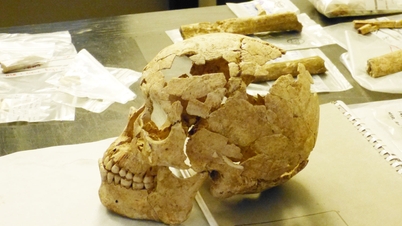

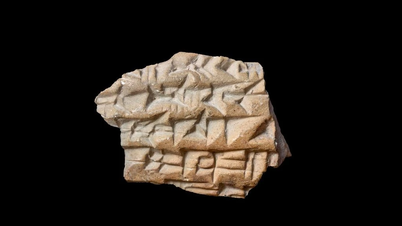
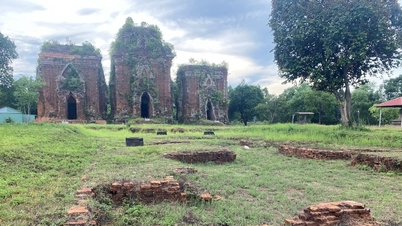










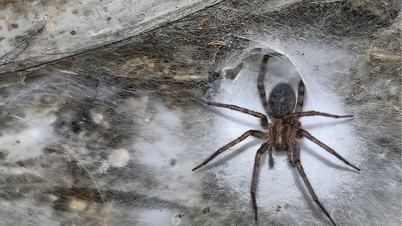







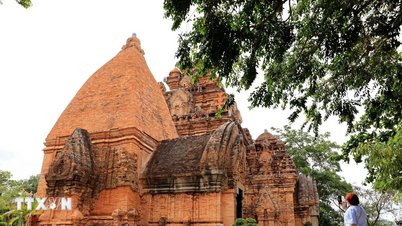
























































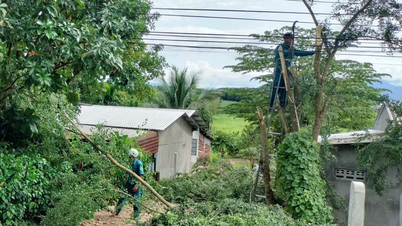















Comment (0)